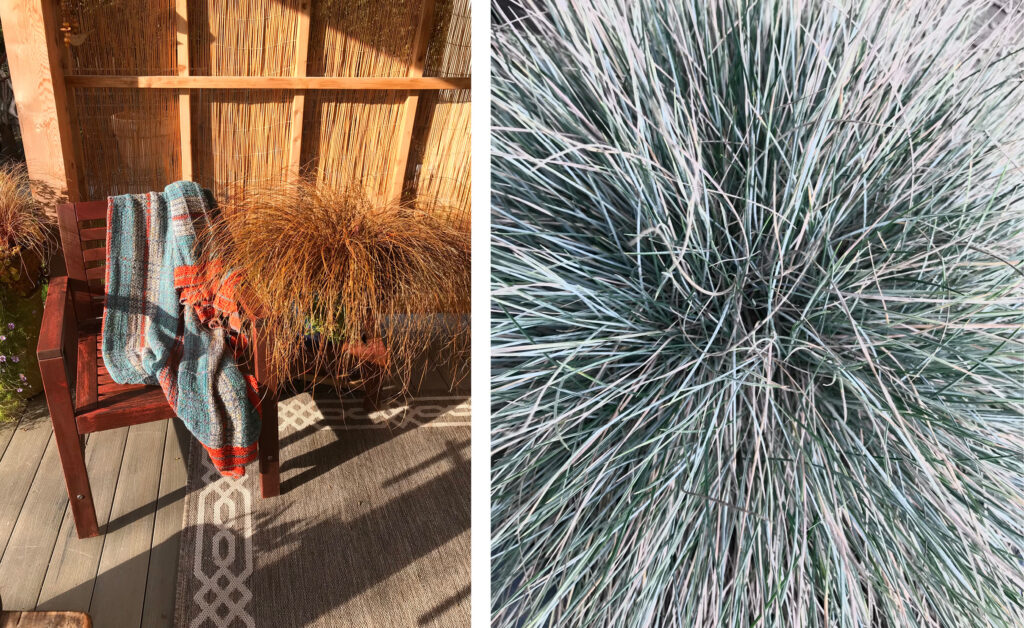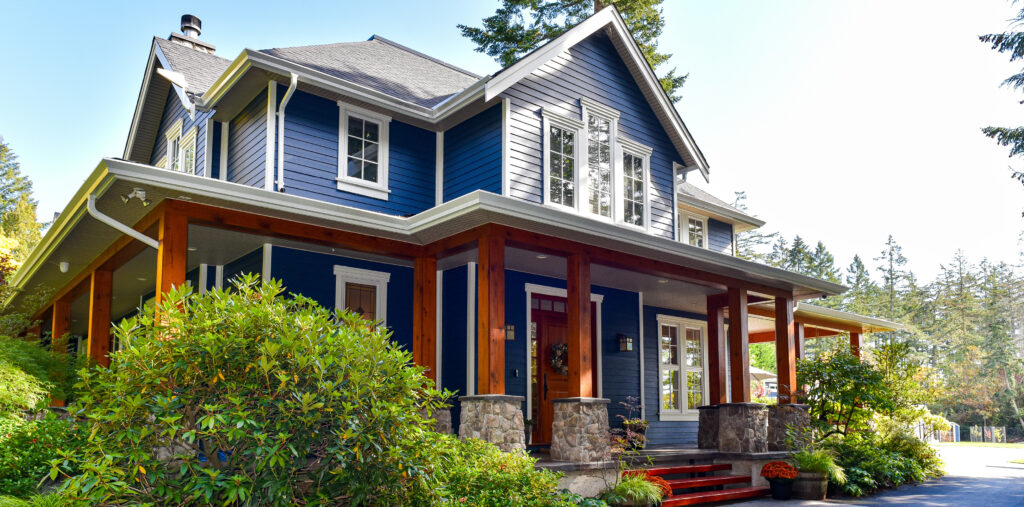by Matt Hall, Wildwood Nursery –
Home beekeeping is at an all-time high and gaining popularity every year due to the growing awareness and appreciation of the significant bond between bees and our food supply. I’ll admit: having honeybee hives just isn’t feasible for most homeowners. That’s why many Vancouver Islanders are turning to the keeping of mason bees as pollinators but also as an inexpensive, educational and fun hobby that anyone can do.
Mason bees are a group of over 100 species of bee that don’t live in a hive with a queen, but instead, nest alone. They are much smaller than a honeybee and are usually a dark blue/black colour, so they are easily mistaken for a black fly. They aren’t aggressive and only the female has a stinger. They have a short but hectic lifespan starting in March followed by eight to 10 weeks of pollination and procreation. In June, the bees die but will leave behind many cocoons in their neatly filled tubes that will mature over the winter to hatch again next year.
To start up a mason bee house, you need a series of nesting tubes. You can purchase premade homes or make one, but keep sanitation in mind. Regardless of the design of your bee house they are best set up on a sunny wall (ideally south or southeast) and kept as dry as you can. If you put it out in March you will probably have a few females visit in your first spring and, with luck, you can build your population from that. If you’re not patient, you can buy cocoons and new females may draw in some local bees. Keep the cocoons in the fridge until there are some flowers out, otherwise the bees may emerge in warm weather to no food. I like to wait until the plum trees are fully blooming and the cherry tree buds are just about to break. To release the bees: open the box and place it in your bee house. Try to hide it away as a woodpecker or mouse could make a quick meal of the defenseless insects.
Once your bees have emerged, remove the spent cocoon husks and watch for the returning females. They will start entering the nesting tubes and placing a succession of eggs, pollen sacs and mud caps until the tube is full.
You can leave the house up for the summer months to allow the leafcutter or other summer bees to nest, but you should bring it indoors before Labour Day. Store the bees in a protected shed or unheated garage with the openings pointing up.
If you need any more information or more advanced tips on keeping mason bees, don’t hesitate to contact email me: matt@cannorvictoria.com.




